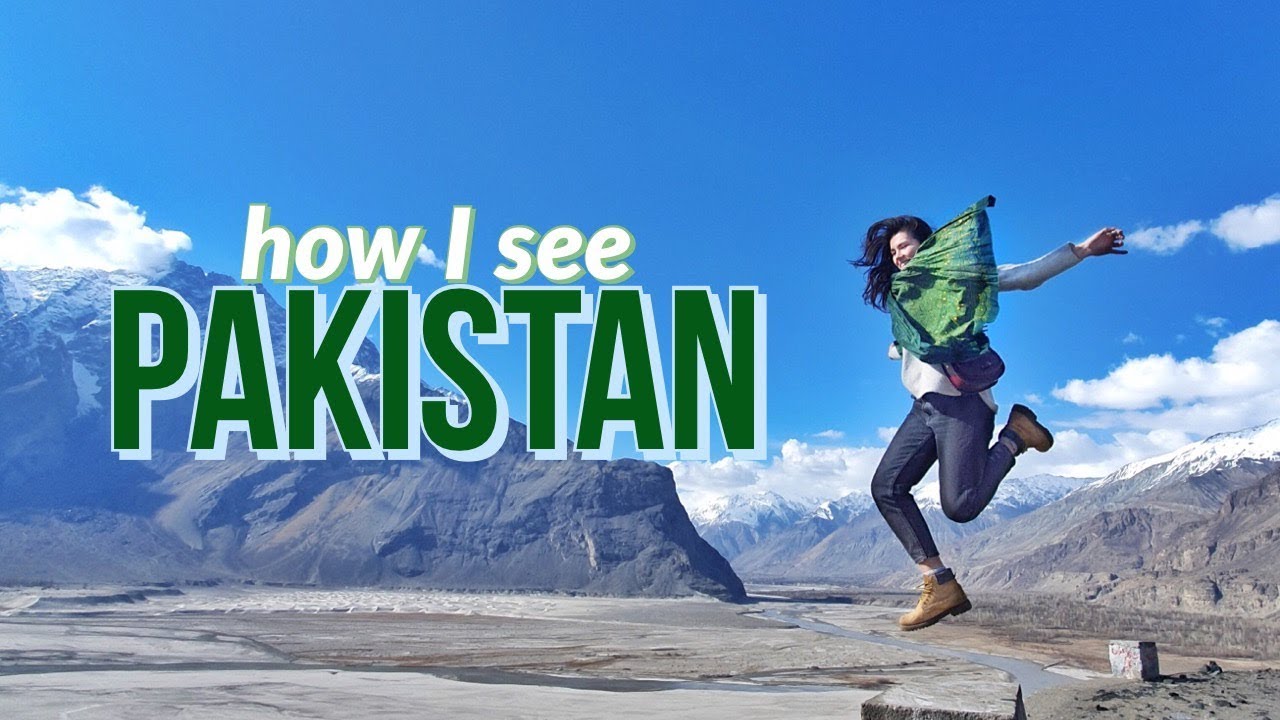Welcome to Pakistan, a land of breathtaking landscapes, captivating culture, and diverse regions just waiting to be explored. From the towering peaks of the Northern areas to the vibrant cities of Southern Pakistan and the stunning coastal areas along the Arabian Sea, this country has something for every traveler.
Dressing appropriately not only shows respect for local customs but also ensures that you stay comfortable in different climates and environments.
The Importance of Dressing Appropriately While Travelling
In a diverse country like Pakistan, where each region has its own distinct climate and cultural norms, dressing appropriately becomes even more crucial. Northern Pakistan is known for its stunning mountain ranges and cool temperatures. When visiting this region, it’s essential to pack warm clothing such as jackets, sweaters, and sturdy shoes suitable for trekking.
On the other hand, southern parts of Pakistan experience hot weather year-round. Lightweight fabrics like boys shalwar kameez in cotton or linen are ideal choices in these regions. Loose-fitting clothes that cover your shoulders and knees are considered respectful attire while keeping you comfortable in the heat.
If you’re planning on exploring coastal areas like Karachi or Gwadar in Pakistan, don’t forget to pack swimwear! These regions offer beautiful beaches where you can relax or indulge in water sports activities.
Dressing Tips for Northern Pakistan
Dressing appropriately while traveling is essential to show respect for the local culture and traditions. The northern regions of Pakistan are known for their breathtaking landscapes, including mountain ranges like the Himalayas and Karakoram. When visiting these areas, it’s important to dress in layers as the weather can change quickly.
Start with a lightweight base layer that wicks away moisture, such as a breathable t-shirt or long-sleeved top. Over this, add a warm sweater or fleece jacket to keep you insulated in colder temperatures. Don’t forget to pack a waterproof outer layer in case of rain or snow.
For your bottom half, opt for comfortable pants made from quick-drying material like nylon or polyester. Jeans may not be suitable for trekking or hiking due to their limited mobility when wet.
Footwear is crucial in the rugged terrains of Northern Pakistan. Peshawari chappal that provide ankle support and have good traction on various surfaces. This chappal is famous in Northern Pakistan.
Appropriate Attire for Southern Pakistan
When it comes to dressing in Southern Pakistan, it’s important to consider the hot and humid climate. With temperatures often reaching sweltering heights, comfort should be a priority while still respecting local customs.
Lightweight and breathable clothing is key in this region. Opt for loose-fitting cotton or linen outfits that allow your skin to breathe and help you stay cool under the scorching sun. Short-sleeved shirts, tunics, or kurtas paired with lightweight trousers or skirts are great options.
While Western-style clothing is generally accepted in urban areas such as Karachi, it’s advisable to dress more modestly when visiting smaller towns and rural areas. Women may choose to wear long skirts or loose pants along with tops that cover their shoulders, avoiding revealing clothing.
It’s important to note that some religious sites may have specific dress codes which visitors must adhere to out of respect for local traditions. It’s always a good idea to carry a scarf or shawl with you so you can easily cover your head if required.
What to Wear in the Coastal Areas of Pakistan
The coastal areas of Pakistan, including Karachi and Gwadar, offer a unique blend of natural beauty and cultural diversity. When it comes to dressing in these regions, it’s important to keep the hot and humid climate in mind.
Lightweight and breathable fabrics are key for staying comfortable in the coastal heat. Opt for cotton shirts or tops paired with loose-fitting trousers or skirts. Avoid wearing heavy fabrics like denim that can trap heat and make you feel uncomfortable.
Since the coast is known for its beautiful beaches, don’t forget to pack your swimwear! Whether you’re planning on taking a dip in the Arabian Sea or simply lounging by the shore, a swimsuit is essential. Additionally, bring along a lightweight cover-up or sarong that you can throw on over your swimwear when necessary.
As with any region in Pakistan, it’s important to dress modestly while visiting coastal areas. While beach towns may be more relaxed compared to other parts of the country, it’s still best to avoid revealing clothing such as short shorts or low-cut tops. Instead, opt for knee-length shorts or skirts paired with light t-shirts or blouses.
Cultural and Religious Considerations
For both men and women, it is best to avoid wearing revealing or tight-fitting clothes that may offend locals or draw unwanted attention. Women should consider wearing loose-fitting shalwar kameez (traditional Pakistani attire) or long skirts with tops that cover their shoulders. A dupatta (scarf) can also be used to cover the head if visiting religious sites.
It’s worth noting that Pakistan has a diverse population with different ethnicities and languages spoken throughout the country. Each region may have its own specific dress traditions and customs unique to its culture. By being aware of these differences and dressing appropriately according to where you are visiting within Pakistan, you will not only show respect but also enhance your overall travel experience.
So whether you’re exploring the stunning landscapes of Northern Pakistan, soaking up the vibrant atmosphere in Southern cities like Karachi or Lahore, or enjoying sunsets on the coastal areas like Gwadar Beach – knowing what attire is appropriate will help you blend in seamlessly with locals while ensuring comfort during your journey through this beautiful country.

